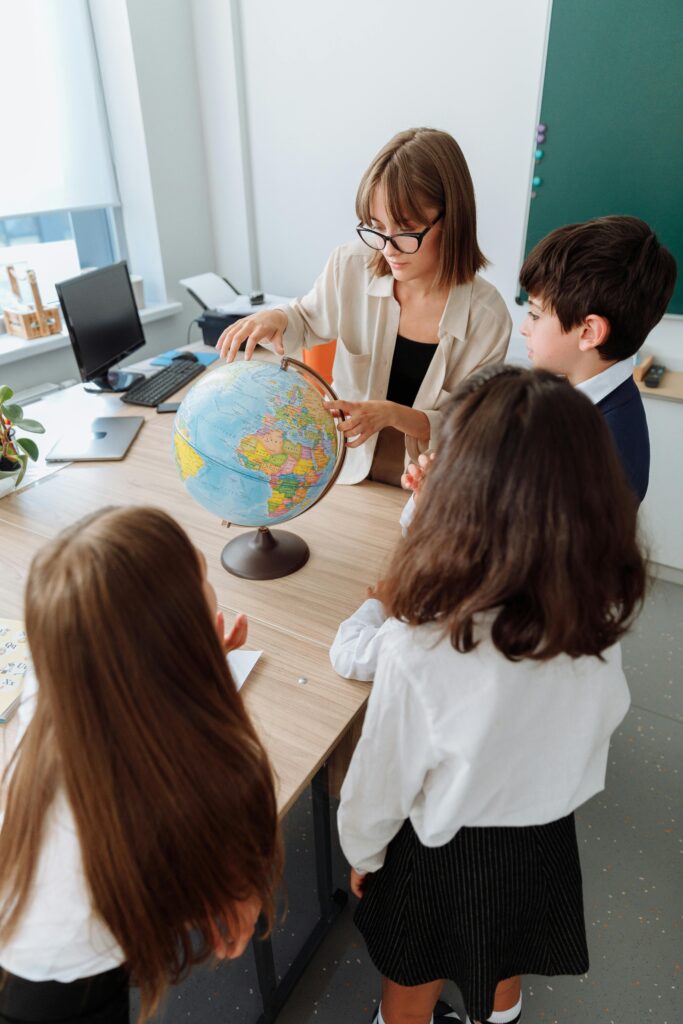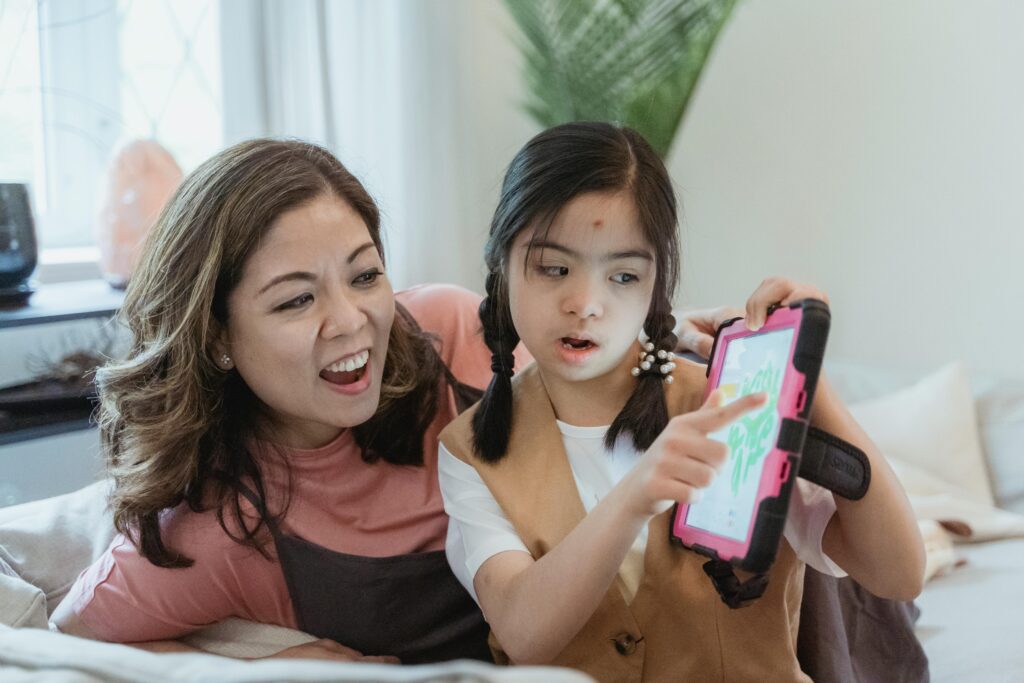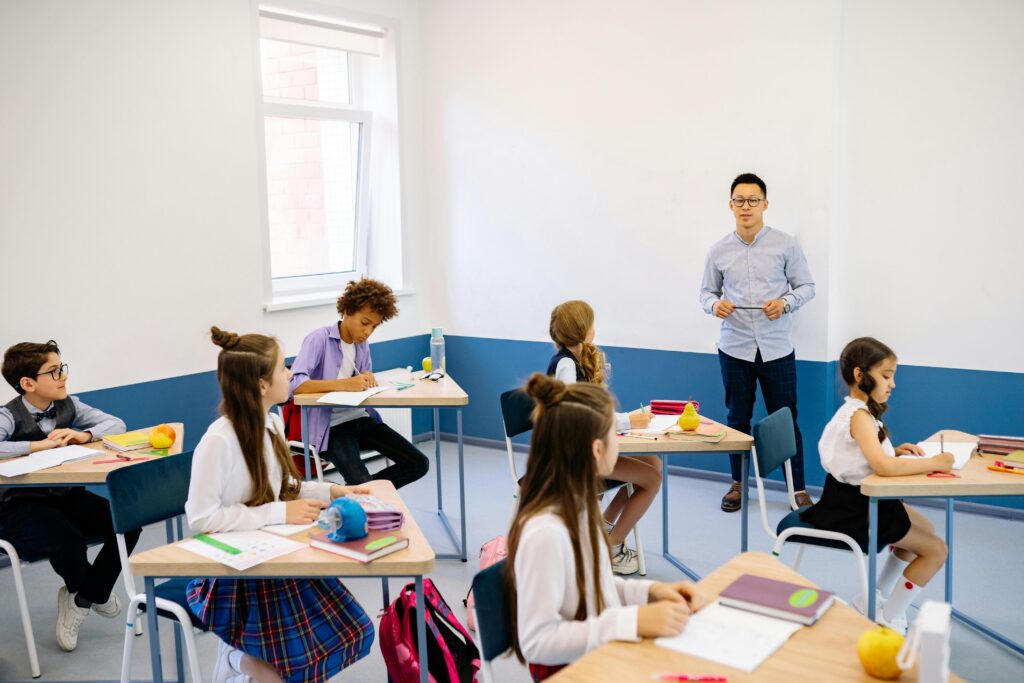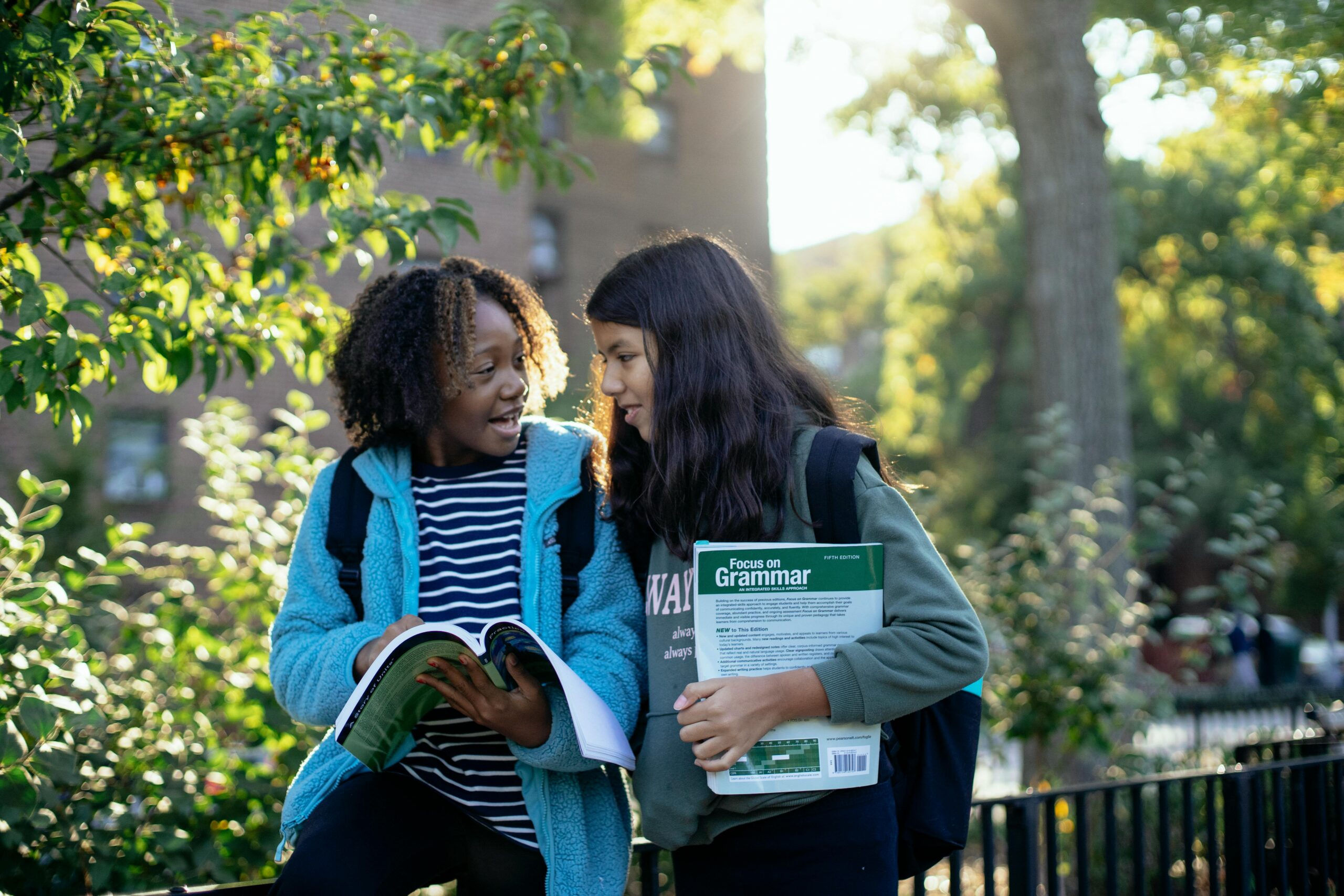Raising bilingual children is much more than teaching them two languages—it’s about opening doors to enhanced cognitive abilities, richer cultural experiences, and increased social opportunities. Despite persistent myths that suggest early exposure to multiple languages might confuse children, modern research and real-world experiences consistently debunk these notions. In fact, bilingualism is shown to strengthen brain development and foster a global mindset.

Debunking Common Myths
One of the most pervasive myths is that exposing children to two languages simultaneously will cause confusion or delay their speech development. However, studies indicate that infants naturally distinguish between different languages from a very early age. Instead of causing confusion, bilingual exposure can enhance neural flexibility and boost problem-solving skills.
Another myth is that a strict “one-parent-one-language” rule is the only effective way to raise bilingual children. While this strategy works for many families, experts now agree that a flexible approach—integrating language use in varied contexts such as play, storytelling, and daily routines—can be just as effective and often more natural for the child.
The True Benefits of Bilingualism
Cognitive Advantages:
Bilingual children often exhibit superior executive functioning, which includes skills like multitasking, decision-making, and conflict resolution. Neuroscientific research shows that juggling two linguistic systems can improve attention control and cognitive flexibility.
Cultural Enrichment:
Learning a second language opens up the door to a deeper understanding of different cultures. Bilingual children gain insight into diverse traditions, values, and social norms, which nurtures empathy and broadens their worldviews.
Social and Communication Skills:
Being bilingual enhances social interactions by allowing children to communicate with a wider range of people. It can also boost self-confidence as they navigate various social settings with ease.
Long-Term Educational and Professional Benefits:
Bilingual individuals often have an edge in the global job market. They are in high demand in various fields including business, diplomacy, education, and technology, making bilingualism a valuable asset throughout life.
Practical Strategies for Parents
Consistent Exposure:
Regular exposure to both languages is key. Engage your child with daily conversations, bilingual storytime, music, and educational programs. Even simple routines like naming household items in both languages can reinforce learning.
Embrace Natural Language Mixing:
Don’t worry if your child occasionally mixes languages; this phenomenon, known as code-switching, is a natural part of bilingual development. It shows that the child is actively navigating and managing both linguistic systems.
Use Technology and Community Resources:
Leverage digital tools—such as language-learning apps and interactive media—that make language practice fun and engaging. Enroll your child in bilingual playgroups or community events to provide real-life practice and cultural immersion.
Create a Multilingual Environment:
Integrate both languages into your home environment. Label objects, cook recipes from different cultures, and celebrate multilingual traditions. Involve family members and friends who speak the target language to enrich the learning experience.

Overcoming Challenges
Language Dominance:
Sometimes one language may become dominant if it is used more frequently. To balance this, deliberately set aside time for the less dominant language through dedicated activities or regular communication with native speakers.
Educational System Limitations:
In regions where bilingual education isn’t widely available, parents can supplement school learning with home-based language activities and extracurricular programs. Forming support groups with other bilingual families can also help share resources and strategies.
Combating Social Misconceptions:
Cultural myths and outdated beliefs about bilingualism can be discouraging. Educate yourself and others on the latest research highlighting the numerous benefits of bilingualism, and advocate for language diversity in your community.
Expert Opinions and Emerging Trends
Experts in linguistics and child development emphasize that bilingualism is not a hurdle but a significant advantage. Recent studies have revealed that bilingual children exhibit better problem-solving skills and increased mental agility. With technology evolving, AI-driven language learning tools are making it easier for families to access high-quality bilingual education resources. These trends indicate that the future of education will likely incorporate more multilingual approaches, reflecting our increasingly interconnected world.
Frequently Asked Questions
Q: Can exposing children to two languages really confuse them?
A: No. Research consistently shows that children naturally distinguish between different languages and that early bilingual exposure actually enhances cognitive development rather than causing confusion.
Q: Is the one-parent-one-language method the only effective strategy?
A: While it is one effective method, many families successfully raise bilingual children using a more flexible approach that incorporates multiple contexts and sources of language exposure.
Q: What cognitive benefits do bilingual children experience?
A: Bilingual children often have improved executive functions, including better multitasking, problem-solving skills, and enhanced attention control. These skills contribute to academic and professional success later in life.
Q: How can parents balance language exposure if one language is dominant at home?
A: Establish regular routines that dedicate specific times or activities to the less dominant language, and seek opportunities for the child to interact with native speakers of that language.
Q: What role does cultural immersion play in bilingual education?
A: Cultural immersion deepens language learning by connecting vocabulary and expressions to real-life experiences, traditions, and social contexts, thereby making the learning process more engaging and meaningful.
Q: How can technology assist in raising bilingual children?
A: There are numerous apps, online programs, and digital resources designed to support language learning through interactive activities, games, and real-time feedback.
Q: Do bilingual benefits extend into adulthood?
A: Yes. Bilingualism is associated with improved cognitive flexibility, better job prospects, and a broader understanding of diverse cultures, all of which contribute to lifelong personal and professional growth.
Q: What are the challenges of raising bilingual children, and how can they be overcome?
A: Common challenges include language dominance, limited bilingual education options, and societal misconceptions. These can be overcome with structured routines, community involvement, and leveraging digital resources.
Q: Is bilingual education becoming more common in schools?
A: Yes. Many schools are now offering dual-language programs and incorporating multilingual curricula, reflecting the growing recognition of the benefits of bilingual education.
Q: Why is it important to debunk myths about bilingualism?
A: Dispelling myths helps parents and educators focus on the real benefits of bilingualism, encouraging strategies that foster a richer, more dynamic learning environment for children.

By embracing bilingualism and letting go of outdated myths, parents can unlock a wealth of cognitive, cultural, and social benefits for their children. In our interconnected world, raising bilingual kids is not just a matter of language—it’s an investment in a brighter, more inclusive future.
Sources NPR


